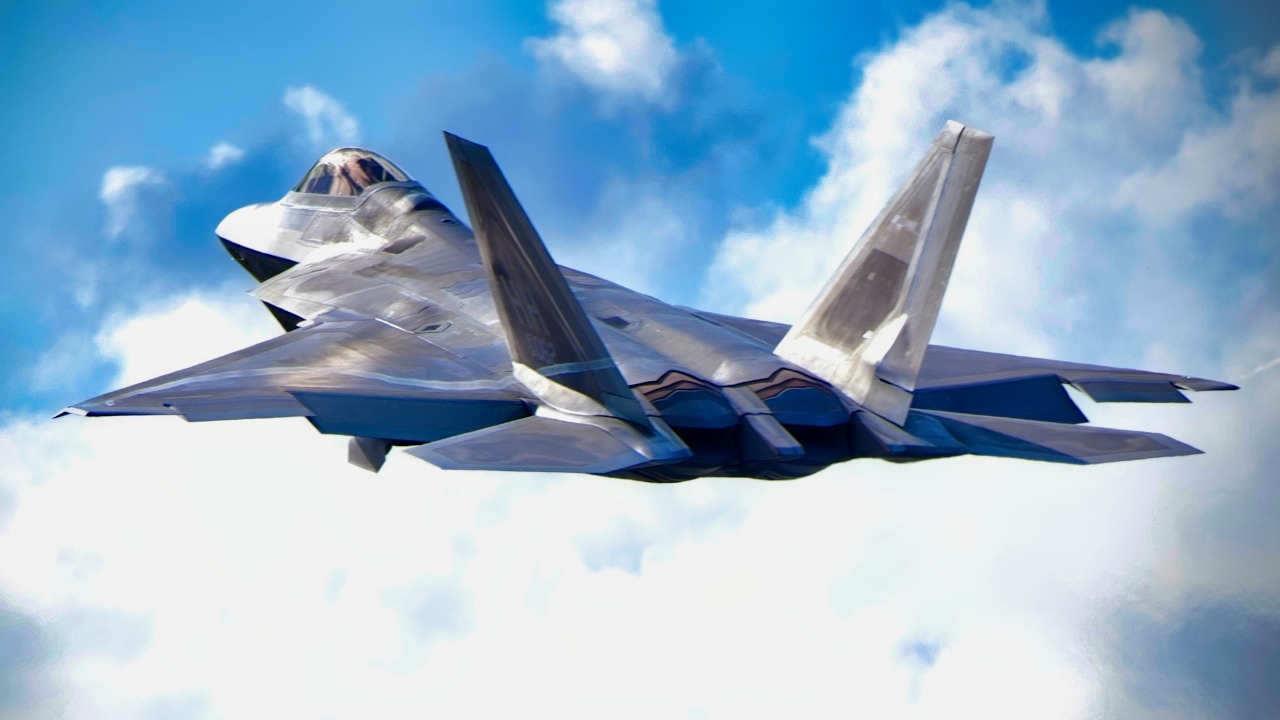I simply can’t wait for the U.S. Air Force’s new F-47 NGAD fighter to take flight.
This is just what the Americans need to shape the fight for the 2030s and beyond. Several weapons systems could be attached to the F-47.
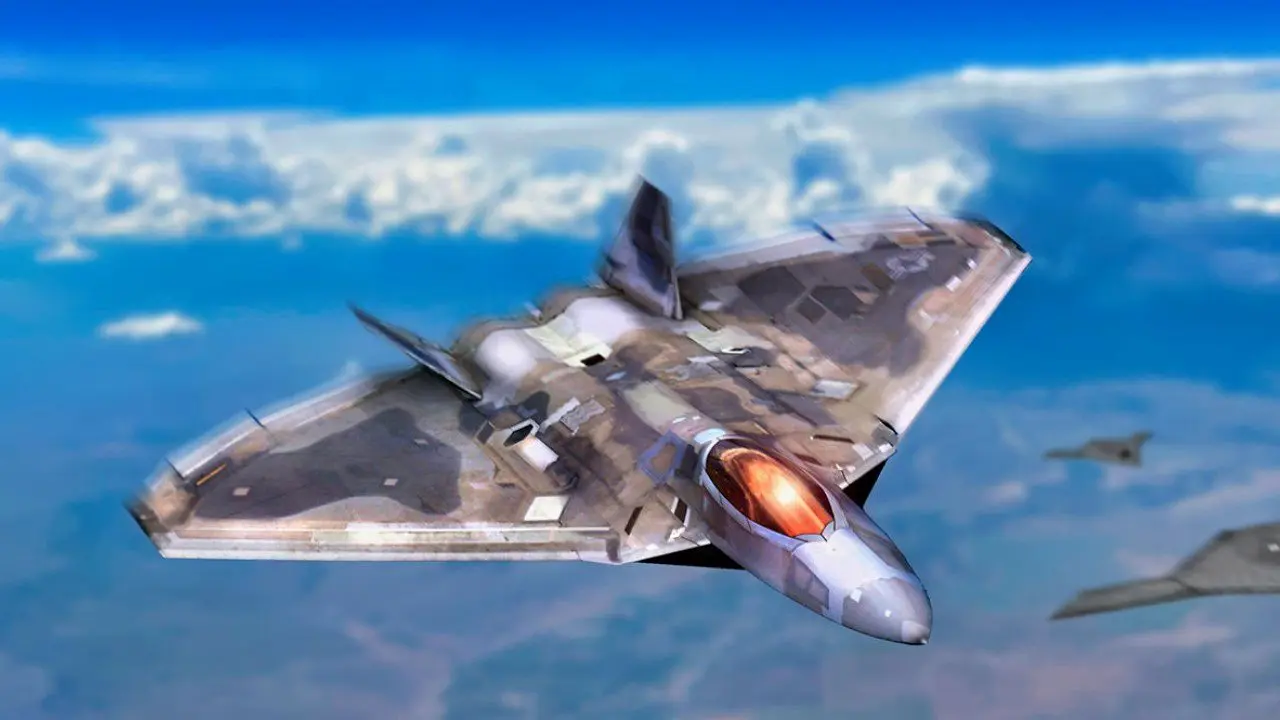
NGAD Fighter. Artist Rendering.
I am talking about hypersonic weapons, nuclear weapons mated to ultra-long-range missiles, new precision-guided bombs, and lasers even to shoot down or “dazzle” satellites in near-space environments.
Let’s look closer to see how the F-47 could be armed.
F-47: Collaborative Combat Aircraft Are Force Multipliers
One aspect of the F-47 that has not been fully fleshed out is its potential manned-unmanned teaming arrangement.
This means the sixth-generation fighter could serve as a drone quarterback and control the Collaborative Combat Aircraft (CCA).
The autonomous unmanned CCA’s main mission will be to collect intelligence, surveillance, and reconnaissance data. This drone will also be instrumental in jamming and spoofing enemy aircraft and incoming missiles with electronic warfare features.
The CCA could also be armed with weapons. This would give the F-47 quite a powerful and robust range of munitions.
There could be ultra-long-range missiles for taking out enemy airplanes on both the CCA and F-47. Then there are ground strike munitions with next-generation precision-guided capabilities.
Think of this as one system – the F-47 and CCA will be a force multiplier in the new construct of 21st-century combat power.
An All-New Nuclear Strategy Enabled with the F-47
The CCA or the F-47 could be outfitted with nuclear weapons, too.

NGAD Fighter from Boeing.
I could see the CCA in recon mode for target acquisition and bomb damage assessment on a nuclear strike delivered by the F-47.
This makes the modernized air component of the nuclear triad even better. It will have the advantage if the United States ever engages in new arms control talks with the Russians or the Chinese.
Say the Americans bargain away nuclear-launchers on airplanes like the older B-2 or B-52 bombers, the Air Force would still retain the newer B-21 Raider stealth bomber flying with the F-47 and the CCA. This is a huge advantage.
Pair that with the new “Golden Dome” strategic defense shield system that will protect the country from enemy nuclear missiles, and you have an unprecedented advantage with atomic weapons.
China, North Korea, and Russia (and Iran, should they ever get a mate-able nuclear weapon) are in for a surprise if all goes well with American nuclear strategy. The F-47 will be a significant part of President Donald Trump’s vision for newfound strategic strength with an improved nuclear triad.
Space Warfare Is a New Domain that Can Be Dominated
A directed energy system is another means of continuing American dominance. The laser could “dazzle” or “blind” low-orbiting enemy space assets. Directed energy from the F-47 is thus a fundamental capability that could make it an airplane assigned to the U.S. Space Force, too.
I could see the Space Force chomping to oversee a method that could make the F-47 into an anti-satellite system. The future fight will be in space someday, and the F-47 could make the United States more able to dominate the fight in this domain.
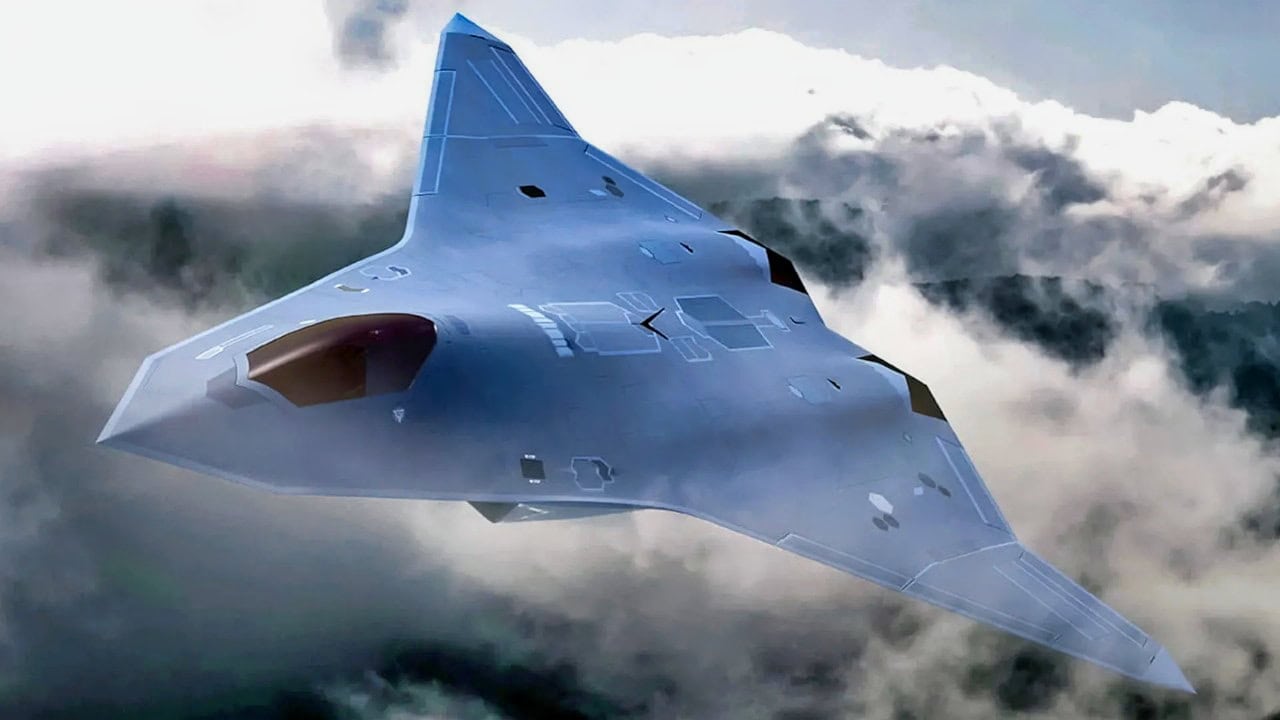
NGAD Fighter. Image Credit: Creative Commons.
The Delivery of Hypersonic Weapons Could Devastate the Enemy
Hypersonic missiles will be part of the F-47 weapons calculus.
The plus-MACH 5 missiles would give the United States another military advantage. These can be controlled in flight with the CCA making targeting decisions and bomb damage assessment on hypersonic strikes.
The autonomous drones could gather the kind of data that makes the hypersonics “learn” with artificial intelligence on board the CCA. Each hypersonic flight would get “smarter” on how to avoid enemy air defenses.
Meanwhile, when it comes to incoming hypersonic missiles from the enemy, the directed energy system can protect the F-47 and the CCAs.
Next-generation precision-guided bombs will evolve as the F-47 is fielded in the 2030s. These will be even more accurate and could be controlled by the CCA, so the pilot can focus on his or her job of flying the NGAD.
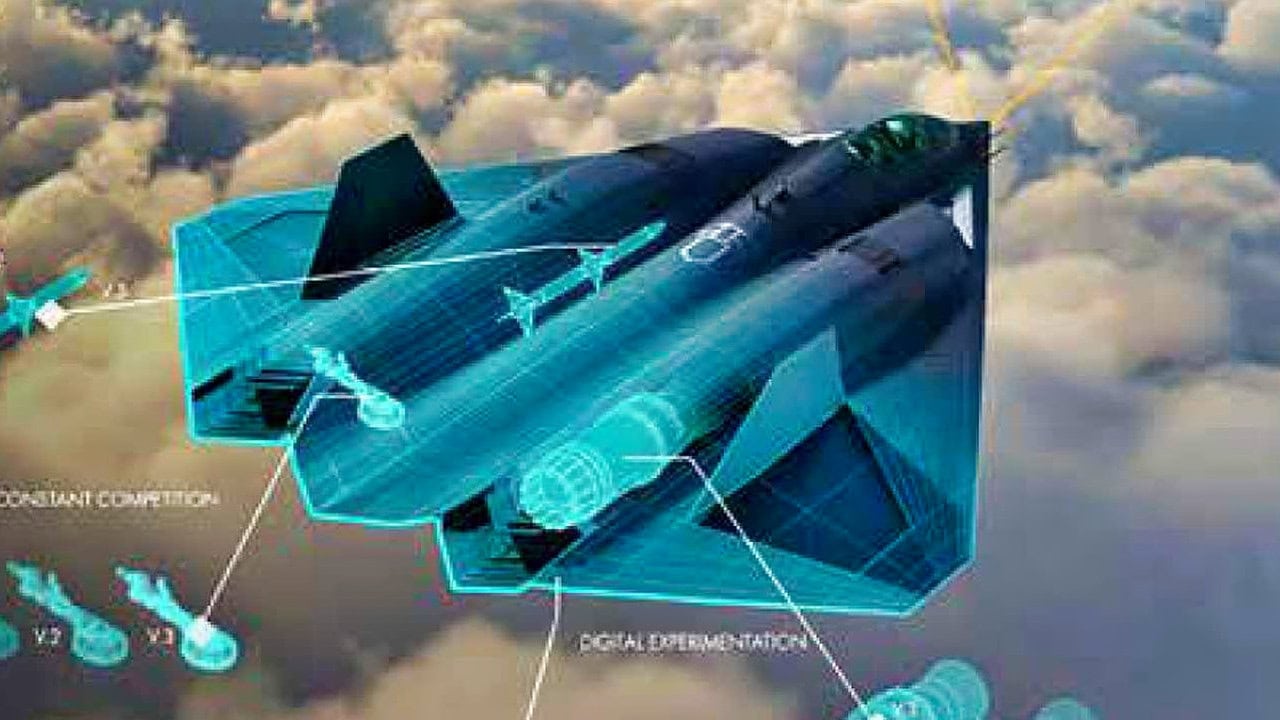
NGAD Image. Credit: U.S. Air Force.
Reaching for the Stars
The F-47 will have many advantages. It starts with creativity and imagination and shows how this sixth-generation warplane can leverage the best minds in American aerospace engineering and design. The sky is the limit, but cost will be a factor. Moreover, all these capabilities could affect flight performance and speed due to carrying the additional weight of lasers and hypersonic weapons in addition to nuclear-tipped missiles. However, the CCAs can have some of these munitions to redistribute the significant size of the newfangled capabilities.
The Air Force must decide soon on the weapons load-out of the F-47. Engineers, designers, and technicians can better plan and execute with more time. Plus, Congress needs to give the F-47 program monetary support and the years required to incorporate all these systems into the NGAD and CCA. Future air dominance in the 2030s and 2040s depends significantly on the F-47.
Nuclear weapons strategy will sustain growth with the next-generation fighter. Space combat is a definite possibility with airborne lasers. Hypersonics could also change the equation. The F-47 has a golden future if all these capabilities can be attained.
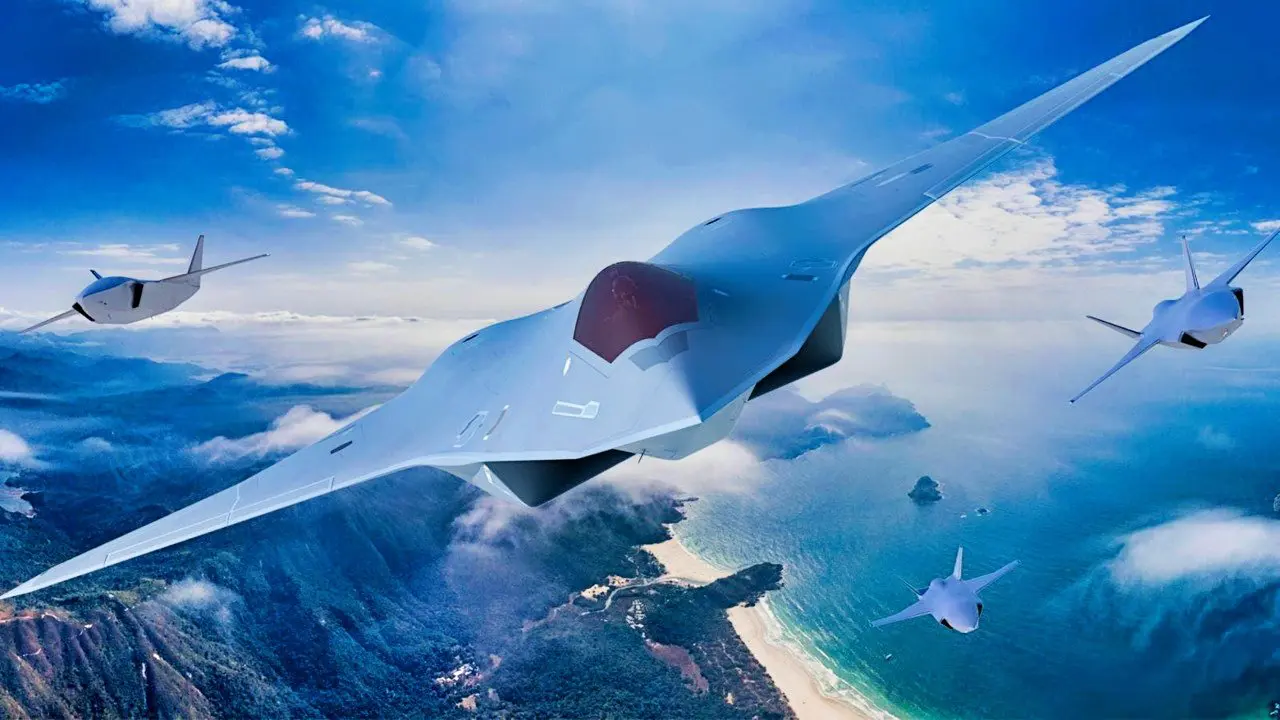
NGAD fighter from U.S. Air Force.
U.S. adversaries will be watching the development of this manned and unmanned system with fear for the future should the Americans deliver it on time and under budget.
About the Author: Dr. Brent M. Eastwood
Brent M. Eastwood, PhD is the author of Don’t Turn Your Back On the World: a Conservative Foreign Policy and Humans, Machines, and Data: Future Trends in Warfare plus two other books. Brent was the founder and CEO of a tech firm that predicted world events using artificial intelligence. He served as a legislative fellow for U.S. Senator Tim Scott and advised the senator on defense and foreign policy issues. He has taught at American University, George Washington University, and George Mason University. Brent is a former U.S. Army Infantry officer. He can be followed on X @BMEastwood.

